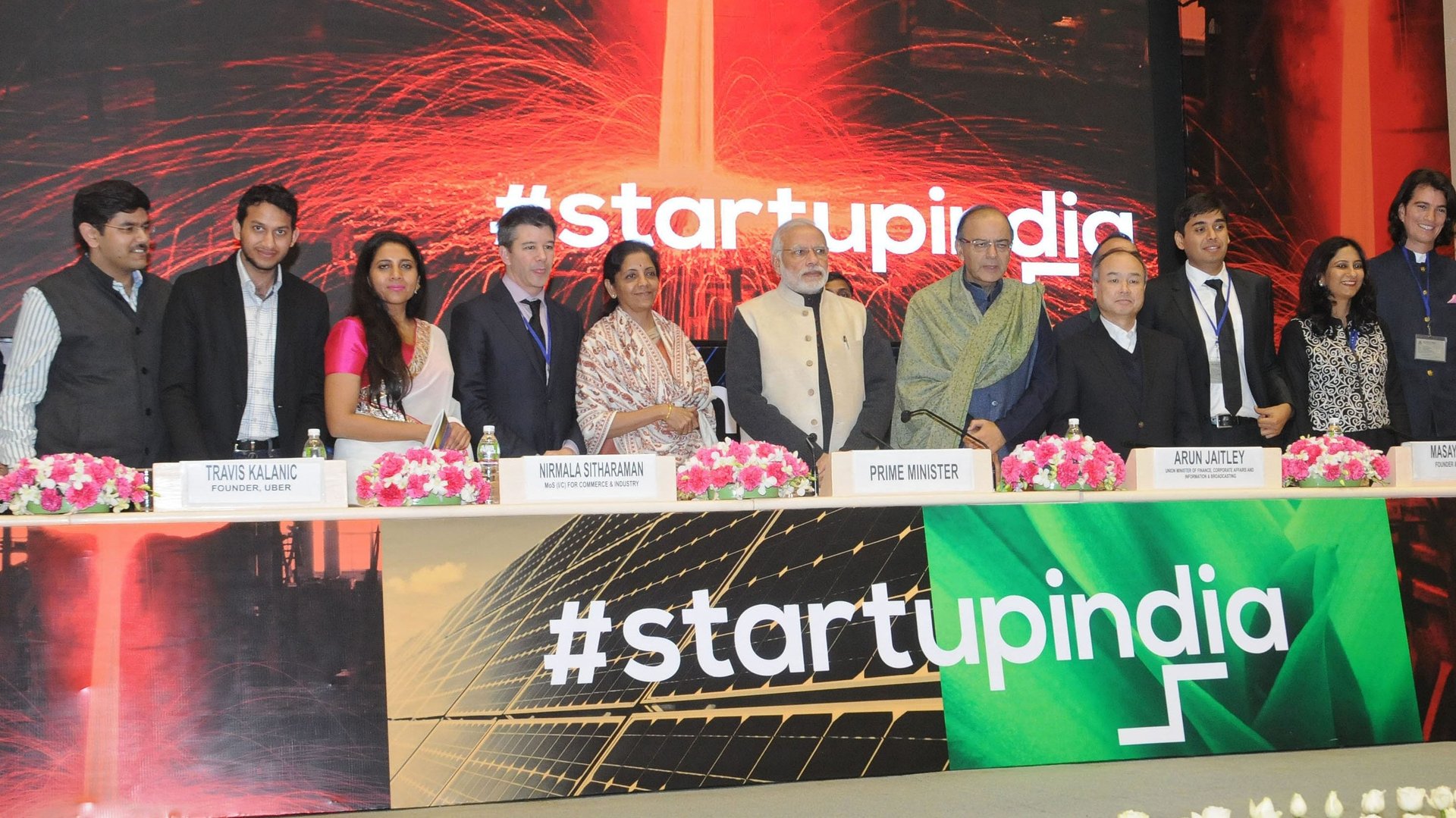Modi’s surprise move on rupee notes has come as a pleasant surprise indeed for Indian internet startups
The Narendra Modi government’s decision to replace the Rs500 and Rs1,000 denomination notes with new ones has done in two days what Indian internet startups have been trying for years: get users to pay online instead of choosing cash on delivery (COD).


The Narendra Modi government’s decision to replace the Rs500 and Rs1,000 denomination notes with new ones has done in two days what Indian internet startups have been trying for years: get users to pay online instead of choosing cash on delivery (COD).
Prime minister Modi sprang a surprise on Nov. 08 by announcing that the existing notes would cease to be legal from midnight that day. The decision was part of his government’s measures to curb black money—wealth that is unaccounted for—in Asia’s third-largest economy. To ensure a smooth transition to the new currency notes, Modi said ATMs across the country will remain shut for up to two days and banks would not operate on Nov. 09.
What followed was total chaos. Thousands queued up at ATMs to stock up until the situation normalised. Many didn’t bother, though. They simply went online. And technology companies such as ride-hailing startup Ola and mobile wallet firm Paytm logged thousands of new registrations.
Milking the opportunity
In the 15 hours following Modi’s Nov. 08 speech, Bengaluru-based Ola saw a 15-time increase in recharge volumes on its e-wallet, Ola Money.
“In many smaller towns and cities, which have predominantly been high on cash usage, there has been as much as 30 times growth… A majority of rides are being paid for using Ola Money as against cash across India,” the company said in a release on Nov. 09.
Ola has been sending out messages to its users saying #DoNoteWorry and asking them to use its e-wallet to book train tickets, place orders with Domino’s or Cafe Coffee Day, and shop on eBay.
Noida-based Paytm, too, witnessed huge spikes in traffic and transaction value.
“Within hours of the prime minister’s announcement, the company has registered a 200% hike in the number of app downloads and 250% surge in the number of overall transactions and transaction value,” Paytm said in a statement on Nov. 09. “The company has noted 1,000% growth in the money added to the wallet and 400% growth in the transaction value of offline payments (using Paytm).”
Paytm currently allows digital transactions at 850,000 places across 1,200 Indian cities, including kirana stores, branded retail outlets, paan shops, and petrol pumps, among others. In the past few days, the company has been asking its users to help their neighbourhood stores set up Paytm wallets to avoid loss of business due to a supply crunch in currency notes.
Paytm’s rival Freecharge saw a 12-time jump in average wallet balance, the company said in a statement.
Good riddance, COD?
In recent years, even as Indians lapped up internet-enabled services, most clung on to COD as a mode of payment.
Over 80% of the Indian respondents in a Nielsen survey conducted in October-December 2015 said they had used COD for online purchases within the last six months. In 2015, up to 80% of all customers who placed orders on Flipkart, India’s leading e-commerce company, chose COD.
These transactions are far more expensive, time-consuming, and complicated for sellers, as they involve spending on the logistics of cash collection, among other things. Besides, digital payments are proven to increase the chances of repeat orders.
Yet, most urban Indians with bank accounts stuck to COD despite the cashbacks and discount offers on e-wallets. The satisfaction of holding a purchased item before paying for it was too strong, it was believed. Another big reason why COD has thrived is India’s huge unbanked population and the sloppy digital payment infrastructure, including poor internet speeds.
In 2015, the country had over 230 million unbanked citizens. And despite all the noise about the country having the second-highest number of internet users, the penetration of the net in the country is just at around 15%. Also, those who have access to the internet often struggle to transact online because India has the worst internet speed in all of Asia.
Given this reality, some experts believe that this surge in digital payments may just be a temporary blip. ”In spite of the small impact in the short-term, we see things moving back to usual in the mid-term for the consumer internet sector,” said Anil Kumar, CEO of research and advisory firm RedSeer Consulting.
However, others believe that demonetisation may change things.
“(The) COD payment mechanism has worked well for all e-commerce players. With the government’s latest move, a big share of COD-dependent consumers will be unwilling or unable to make a transaction,” said Swetabh Pareek, head of corporate finance at research and advisory firm Aranca. “In the longer run, this may add much-needed momentum to the adoption of digital currency.”
Pareek expects investments in the fintech space to “increase substantially,” thanks to the “wider reach and enhanced growth prospects emerging with this move.”
In 2015, Indian fintech companies had attracted around $1.5 billion (Rs10,060 crore) in investment, as per Aranca.